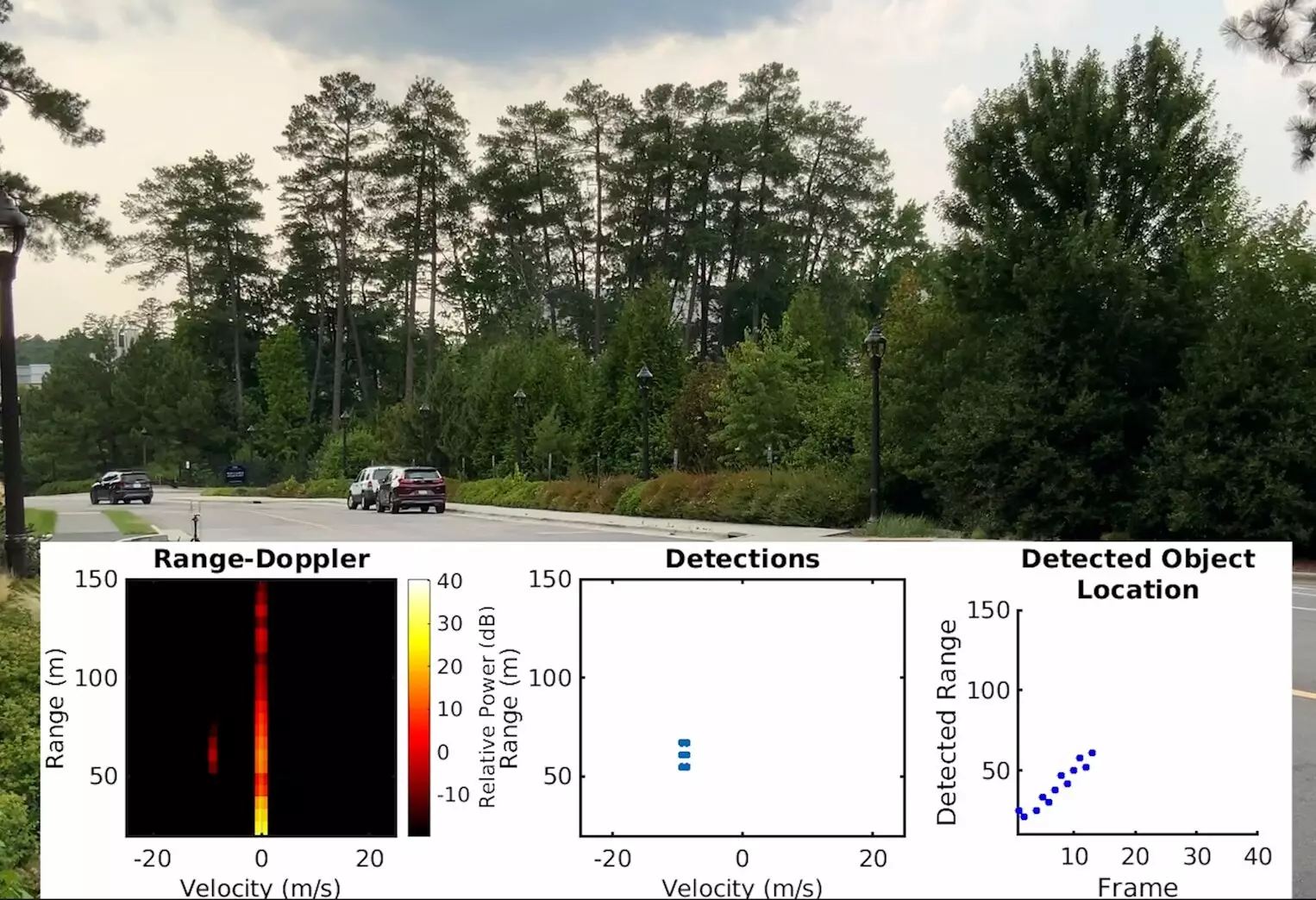In a world where autonomous driving is becoming a reality, the safety and reliability of automotive radar systems are of utmost importance. However, engineers at Duke University have recently developed a revolutionary technology called “MadRadar” that can deceive these radar systems, creating a significant threat to the security of autonomous vehicles. This groundbreaking invention has the ability to hide approaching cars, generate phantom vehicles, and even trick the radar into believing that a real car has suddenly changed its course. With no prior knowledge about the victim’s radar settings, MadRadar is a formidable adversary that could potentially compromise the safety of autonomous driving.
The research conducted by the engineers at Duke University sends a clear message to automotive manufacturers that it is crucial to enhance the protection of their radar systems. By demonstrating the vulnerabilities of current radar technology, MadRadar exposes the urgent need for a fundamental redesign of these systems. As the technology continues to evolve, the potential for misuse and malicious attacks becomes increasingly concerning. Therefore, carmakers must take immediate action to ensure the safety and security of autonomous vehicles.
In modern cars equipped with autonomous driving features, radar systems are employed to detect moving vehicles in the vicinity of the car. These radar systems work in conjunction with visual and laser-based systems to enhance object detection and prevent accidents. However, due to the many different operating parameters used by different vehicles, it is highly unlikely that any two cars will have the exact same radar settings. This variability poses a challenge for radar-spoofing systems, as they require prior knowledge of the specific parameters in order to deceive the radar.
MadRadar has successfully overcome this challenge by demonstrating its ability to accurately detect a car’s radar parameters in a fraction of a second. Once these parameters are discovered, the system can send out its own radar signals to manipulate the target’s radar. For example, in one demonstration, MadRadar creates the illusion of another car approaching, even though there is no actual car present. By modifying the characteristics of the radar signal to mimic a real contact, MadRadar can effectively deceive the target’s radar system.
In a more sophisticated attack, MadRadar confuses the target’s radar by creating a bright spot that masks the true location of a passing car. By carefully adding masking signals, MadRadar creates a realistic scenario that tricks the radar into believing that there is no passing car, when in fact there is. These deceptive techniques highlight the need for car manufacturers to implement safeguards and randomize radar system parameters to prevent such attacks.
The ramifications of MadRadar’s capabilities extend far beyond radar systems in cars. For example, adaptive cruise control systems that rely on radar technology could be easily manipulated, leading to dangerous situations on the road. Imagine a scenario where a car’s radar erroneously detects the car in front of it as accelerating, causing the autonomous vehicle to accelerate as well. If such an attack were to occur at night, it could have severe consequences before the car’s cameras are able to correct the mistake.
The engineers behind MadRadar urge carmakers to take immediate action to enhance the security and reliability of their radar systems. By implementing measures to randomize operating parameters and adding robust safeguards to the processing algorithms, manufacturers can prevent or mitigate potential attacks. As the autonomous driving industry continues to progress, it is vital to prioritize the development of secure and foolproof radar systems to ensure the safety of future transportation.
MadRadar technology has revealed the vulnerabilities of current automotive radar systems, necessitating a fundamental change in their design. By demonstrating the ease with which these systems can be deceived, MadRadar highlights the need for improved safeguards and randomization of operating parameters. With the future of autonomous driving at stake, it is crucial for car manufacturers to prioritize the development of secure and resilient radar systems. Only then can we truly embrace the potential of self-driving vehicles while ensuring the safety of their passengers.


Leave a Reply